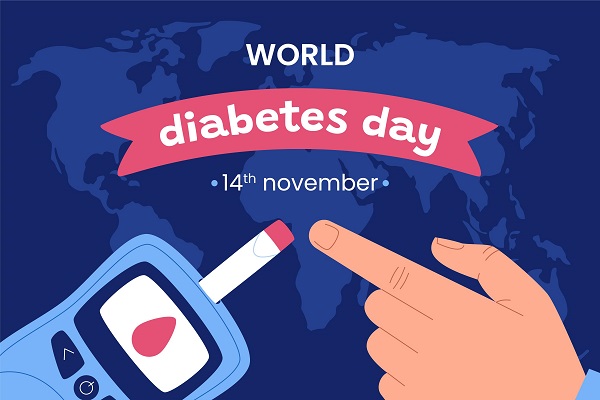Contributed by: Healthians Team
Introduction
Do you have severe cramping during your period? Cramps are not only painful but they are also related to exhaustion and impair your ability to move around and go about your regular activities.
If regular medicine isn’t relieving your symptoms, you might try changing your diet.
So, what meals might assist relieve period cramps and which should be avoided during your period?
The good news is that the healthiest foods and drinks for menstrual cramping are frequently present in your refrigerator!
If you have severe cramps, choose light, healthful fruits and veggies that won’t be heavy on your stomach.
Fruits and vegetables, whole grains, legumes, nuts, and seeds can all assist to reduce inflammation in the body.
Read on to adjust your diet and stock up on foods that have been regarded as a girl’s best friend for thousands of years, used for menstrual cramps.
Foods that help to tame menstrual cramps
Here are some foods to try if you want to change your diet and stock up on foods that may aid with cramps.
Oranges
Oranges are the top foods to relieve period cramps. Oranges provide more vitamin C than lemons, as well as magnesium, potassium, and vitamin D.
In fact, oranges contain nearly as many of these elements as milk. A couple of oranges per day may help ease menstruation cramps and agony.
Lemons
Lemons contain a lot of vitamins, especially vitamin C. Vitamin C aids in the absorption of iron from the diet into the circulation and tissues.
Because you may be shedding more red blood cells than your body can handle during your period, it may be beneficial to take some vitamin supplements.
Bananas
Bananas might be the answer to calming down those period pains. They are n high in magnesium, which has been shown to lessen the severity of period cramps.
Bananas are also high in fibre and aid in regular bowel motions. As a result, you may feel less bloated and have less overall pain.
It is important to remember that bananas are high in natural sugars, so consume them in moderation.
Watermelon
Watermelon is refreshing and sweet. Furthermore, it is primarily composed of water.
Watermelon hydrates your body fast and introduces modest amounts of natural sugars into your system, which may aid with cramping.
Broccoli
Broccoli is one of the best meals for menstrual cramps. Broccoli’s fibre and iron content aid to alleviate period cramps.
These minerals may help with all types of menstruation pain, especially in the lower abdomen.
Kale
Kale is another healthful vegetable that can help with cramps.
Kale, like broccoli and other greens, is a healthy diet for period cramps because it is high in calcium and magnesium. A lack of calcium can cause muscle spasms and contractions.
Drinks that help to tame menstrual cramps
You can use meals to relieve muscle spasms, but beverages can also help. Here are some drinks that can help with cramps:
Water
Water, especially warm and hot water, is the most effective drink for relieving period cramps. When you bleed, you lose some of the water in your body, and dehydration can make your discomfort worse. Drinking enough of water may increase blood flow to your skin and help to relax cramped muscles.
Chamomile
Chamomile tea is an excellent remedy for menstruation cramps. It also has anti-inflammatory effects, which help to alleviate cramps. Chamomile tea, which has a calming effect on the nervous system, may also help with your mood.
Ginger tea
Ginger tea, in addition to relieving cramping, can also help with nausea and bloating. Ginger is also known as a decent coffee substitute because it can stimulate you and make you feel more aware.
Raspberry leaf tea
Raspberry leaf tea, made from the leaves of Raspberry plants, is not only tasty, but it also has anti-inflammatory properties that might help reduce period cramps. Anecdotal sources say that the tea contains tannins and fragarine which aid in the reduction of muscle spasms, which can induce cramps.
Final thoughts
Why is eating so effective at relieving period cramps? Certain nutrients in foods have a direct impact on your hormones, neurons, and muscles. They can have a calming effect, resulting in a better mood and less pain.
In association with a diet plan, you can also opt for frequent health screening tests to keep track of your physical fitness and necessary vitals as well as incorporate some preventative measures to improve your quality of life.




